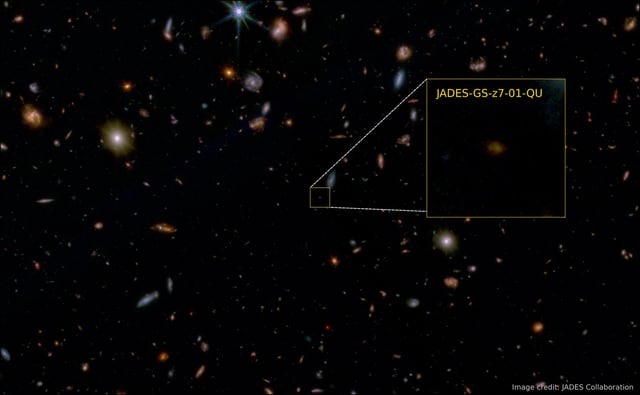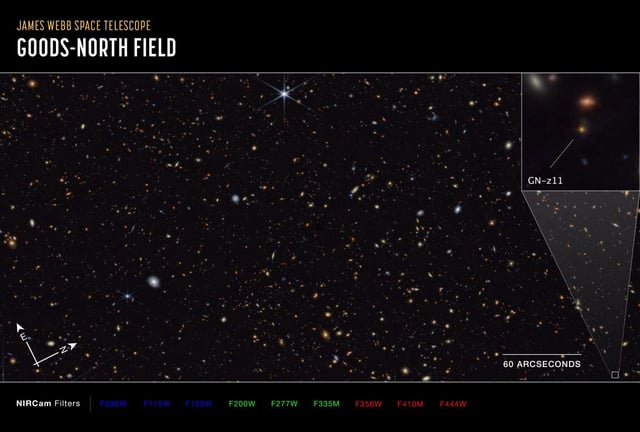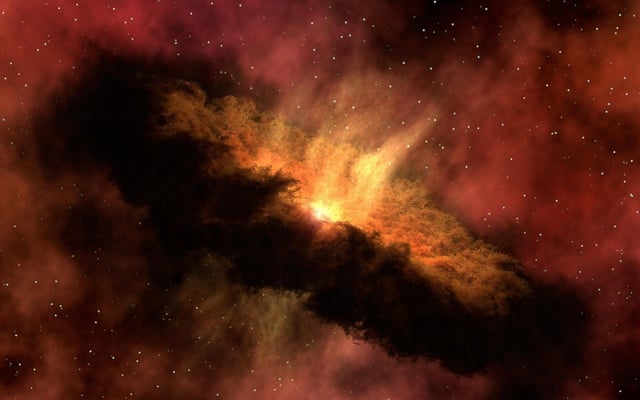Overview
- The galaxy, observed just 700 million years after the Big Bang, ceased star formation over 13 billion years ago.
- This discovery provides new insights into the early universe, suggesting that galaxy life spans were significantly shorter than previously thought.
- Researchers utilized the JWST's advanced instruments to confirm the galaxy's quiescent state, indicating a rapid halt in star formation.
- The findings challenge existing models of galaxy evolution, highlighting the need for revised theories based on early universe observations.
- Further research could reveal more about the mechanisms behind galaxy quenching and the potential for 'dead' galaxies to reignite star formation.


